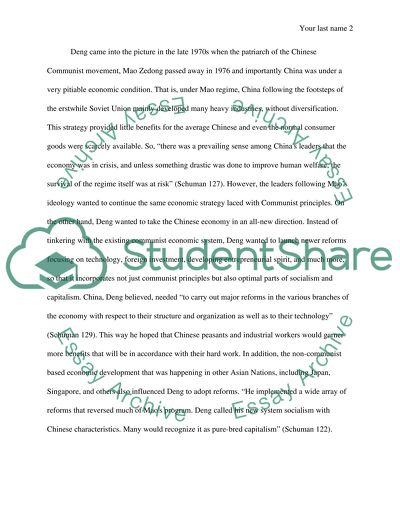Cite this document
(“Economic Development Strategies of China after WWII Essay”, n.d.)
Economic Development Strategies of China after WWII Essay. Retrieved from https://studentshare.org/macro-microeconomics/1681061-economic-development-strategies-of-china-after-wwii
Economic Development Strategies of China after WWII Essay. Retrieved from https://studentshare.org/macro-microeconomics/1681061-economic-development-strategies-of-china-after-wwii
(Economic Development Strategies of China After WWII Essay)
Economic Development Strategies of China After WWII Essay. https://studentshare.org/macro-microeconomics/1681061-economic-development-strategies-of-china-after-wwii.
Economic Development Strategies of China After WWII Essay. https://studentshare.org/macro-microeconomics/1681061-economic-development-strategies-of-china-after-wwii.
“Economic Development Strategies of China After WWII Essay”, n.d. https://studentshare.org/macro-microeconomics/1681061-economic-development-strategies-of-china-after-wwii.


